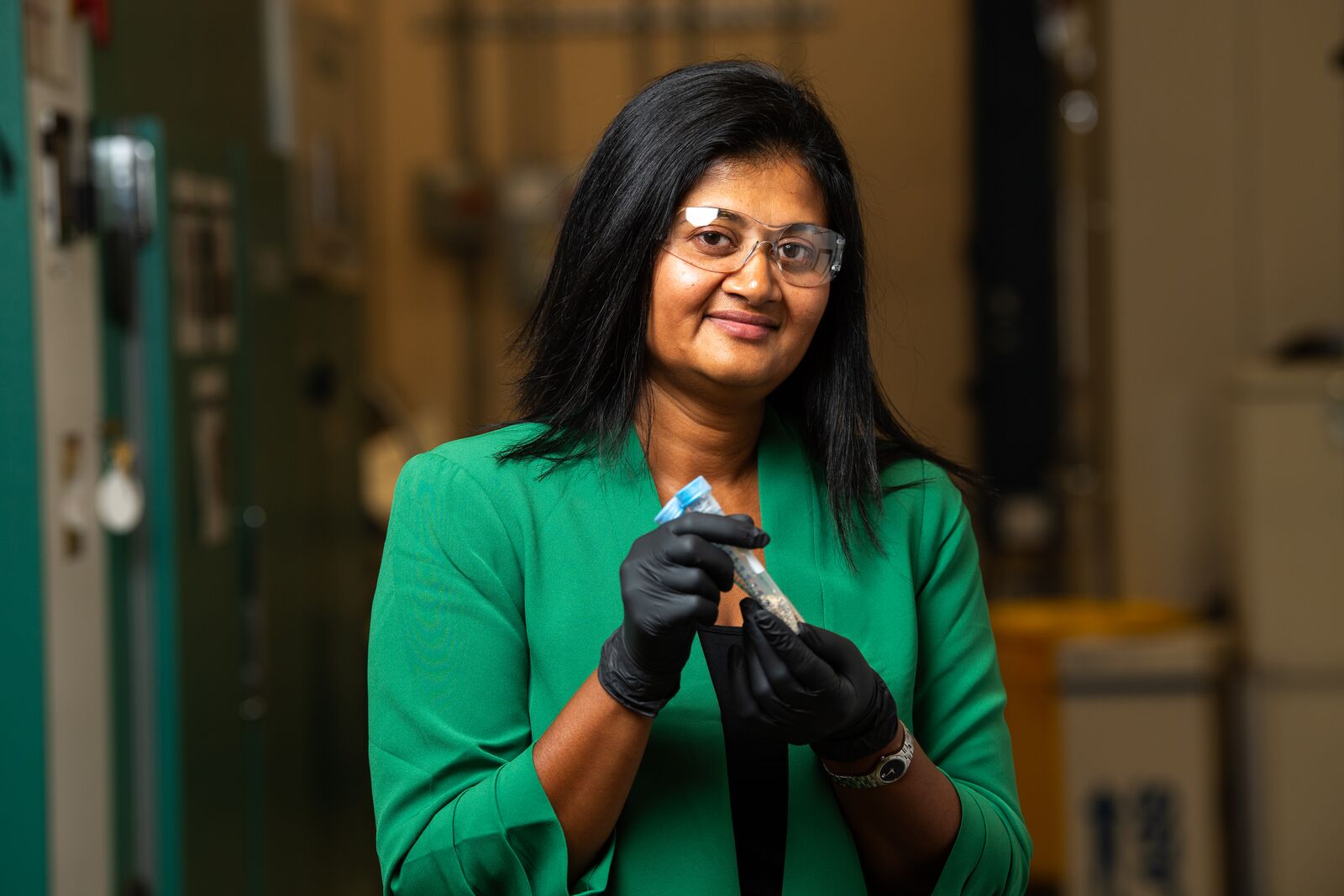CAPE CANAVERAL, Fla.-An experiment aimed at learning more about how plants grow in space will be aboard a National Aeronautics and Space Administration launch in early August from the Cape Canaveral Space Force Station in Florida.
A Northrop Grumman Cygnus spacecraft perched atop a SpaceX Falcon 9 rocket will carry the plants to the orbiting laboratory, where astronauts will tend to them before the plants are returned to Earth.

The experiment created by scientists at the Department of Energy's Pacific Northwest National Laboratory will look at how two different types of grass grow on the space station. A PNNL team led by biologist Pubudu Handakumbura designed the experiment and will compare the results from space to identical plants being grown at the Kennedy Space Center.
The study focuses on photosynthesis-how the plants take in light and then use it to grow, converting carbon dioxide to sugars and oxygen in the process. The two grass types under study, Brachypodium distachyon and Setaria viridis, use different carbon dioxide-concentrating mechanisms. Handakumbura's team will compare the two methods in a microgravity environment
While most plants on Earth use a carbon-concentrating mechanism known as C3, there is some evidence that a method known as C4 holds more promise for plant growth in space.
"How will the plants respond in a microgravity environment?" said Handakumbura. "Plants naturally send their roots downward due to gravity. But how will they grow in microgravity? This is important for future deep space exploration, for growing food and supporting life."
The team will monitor three identical sets of plants as they grow for 32 days-two sets at Kennedy Space Center and one set on the space station. Altogether, the experiment includes 288 plants.
On the space station, astronauts will tend to the plants and record how efficiently they are carrying out photosynthesis. After the plants are returned to Earth on a subsequent mission, they will be sent to PNNL, where Handakumbura's team will spend several months analyzing the molecular activity that took place. The experiments measuring proteins, metabolites and other molecules will be done at the Environmental Molecular Sciences Laboratory, a DOE Office of Science user facility.
Handakumbura's experiment, funded by NASA, is named Advanced Plant Experiment-09 or APEX-09. PNNL colleagues Chaevien Clendinen, Summer Duckworth, Kim Hixson, Madeline Southworth and Kylee Tate are also working on the project.
Handakumbura will be on hand to watch the experiment, three years in the making, head into space as part of Northrop Grumman's 21st Commercial Resupply Services Mission.
"I look forward to the knowledge we will uncover from the team-driven science we are conducting with APEX 09," said Handakumbura. "And I am excited to contribute to the foundational research that will shape future plant system designs."






